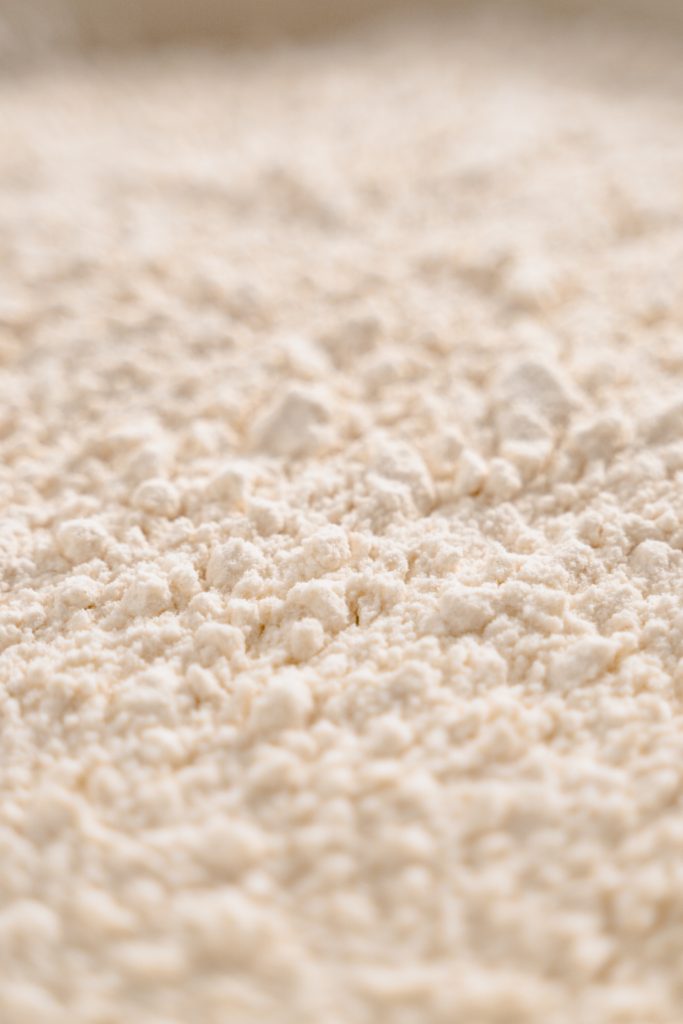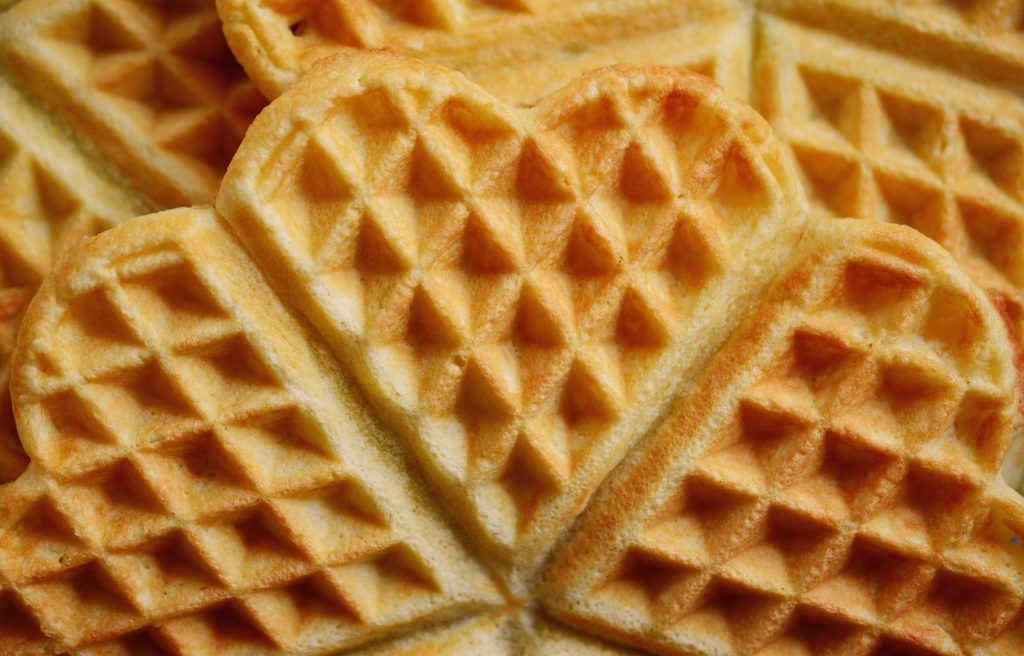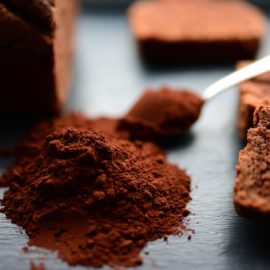
Bread is one of the first foods made by humans. History suggests that the first bread was baked thousands of years ago. It was produced using a few ingredients—crushed grains with water. And then baking was done by spreading the mixture on stones to bake in the sun. Flour making was very simple back then. In Upper Paleolithic in Europe, grains would be ground using a combination of a stone mortar and pestle. As technology advanced, different processes of grinding to produce flour were invented. Like for example, the ancient Greeks fed grains between millstone and ground into powder by a mechanism powered by water. Flour created by this method was finer that flour made by hand.
Before the 20th century, flour did not really look like the ones we use today. The outer layers of the grain, known as the germ and bran, were not removed or significantly broken down by simply grinding the grains into a powder. This form of grain is referred to as “whole grain”, which commonly produces darker flour. The bread created with this flour still contains all of the grain’s original nutrients. However, the higher classes had traditionally preferred the whiter flour grades, which were more expensive.
You might also like: Whole And Refined Grains: What’s The Difference?
The process of turning grains into flour has come a long way. Today, there are several types of flours in the market. These include unbleached and bleached flour.
What is the difference between the two, anyway? And which one is better?
WHY BLEACH FLOUR?
Well, unbleached flour ages over time as it naturally whitens and improves its baking quality. Freshly milled flour contains significant amounts of xanthophyll along with other pigments. It is a class of oxygen-containing carotenoid pigment responsible for the off-white color (light color) of fresh flour. Yellow-colored are not exactly the type of flour consumers would find appealing. However, exposure to air oxidizes the carotenoid xanthophylls during storage, eventually turning the color of flour from yellow to white. But the bad thing is that natural aging is impractical. It is time consuming. It takes 2 to 3 months of storage before flour becomes white. For millers, it is not ideal to wait that long. Furthermore, natural aging also requires a large storage space, there is the risk of contamination, and results may not be consistent.
For a businessman, you would want to have your product ready for the market as quickly as possible. This is where flour bleaching comes in, a process first introduced in the 1906 Pure Food and Drug Act.
Bleaching is a chemical treatment that speeds up the aging process of flour. In this process, the yellow carotenoid xanthophyll is oxidized, turning it into colorless compounds. This is similar to bleaching carotenoid or chlorophyll pigments in milk.
You might also like: The Science Of Rising Bread (And Why Yours Is Not)
There are several maturing agents that can be used to bleach flour. These include nitrogen peroxide, benzoyl peroxide, chlorine gas, chlorine dioxide, and nitrogen trichloride. The Food and Drug Administration (FDA) has approved the use of these additive in flour. But there should be extra caution when bleaching since maturing agents affect the properties of the flour. For example, potassium bromate strengthen the gluten, while others like benzoyl peroxide weakens it.
UNBLEACHED VS. BLEACHED FLOUR? WHICH ONE IS BETTER?
As you might already have figured out, unbleached flour is also bleached, but in the old-fashioned natural way that takes several months to complete. With that having said, is bleached flour better? Well, each type has its own advantages.

Bleaching is more than just turning flour whiter—it also improves the baking performance of flour. Bleaching softens the flour, which in turn generally produces improved baked products—better volume, softer, and brighter color than products made with unbleached flour. For this reason, bleached flour is ideal for muffins, cookies, pancakes, pie crusts, waffles, quick breads.
Another advantage of bleached flour is that it is user-friendly during baking. Gluten is a three-dimensional, viscoelastic structure produced by certain proteins. It determines the texture and volume of the finished product. By adding bleaching or maturing agent, the proteins in the flour become modified to develop the gluten network that makes the dough less sticky and easier to knead.
You might also like: How Long Does It Take To Preheat An Oven?
Unbleached flour, on the other hand, has denser grain and tougher texture. But this is advantageous if the baked product requires more structure to hold their shape better. With that having said, unbleached flour is ideal for pastries, yeast breads, eclairs, popovers, and cream puffs. Another advantage of unbleached flour over bleach flour is its nutrient content. Some varieties of unbleached flour contain more vitamin E, fiber, vitamin E, copper, manganese, and some antioxidants.


